Iwate Prefecture
Where is Iwate?
Iwate Prefecture is located in the Tohoku region of northern Honshu, Japan’s main island.
Bordered by the Pacific Ocean to the east, Aomori Prefecture to the north, Akita Prefecture to the west and Miyagi Prefecture to the south, its capital is Morioka City which is the central transportation hub within the prefecture.


Iwate is known for its natural beauty, such as the Ou Mountains, which run north to south, and the rugged coastline known as the Sanriku Coast.
What is Iwate known for?
Iwate Prefecture was originally inhabited by the Emishi people and the area gradually came under Yamato control during the Heian period (794-1185).
The Fujiwara clan dominated the region for a time and established Hiraizumi, a flourishing cultural center, in the 12th century.

Agriculture plays a significant role in Iwate’s economy, with the prefecture being a leading producer of rice, apples, and short-horned Wagyu beef.


Iwate is famous for its natural landscapes, including the Sanriku Coast National Park, the volcanic peaks of Mount Iwate and Mount Hayachine and the Jodogahama Beach which is famed for its clear waters and unique rock formations.
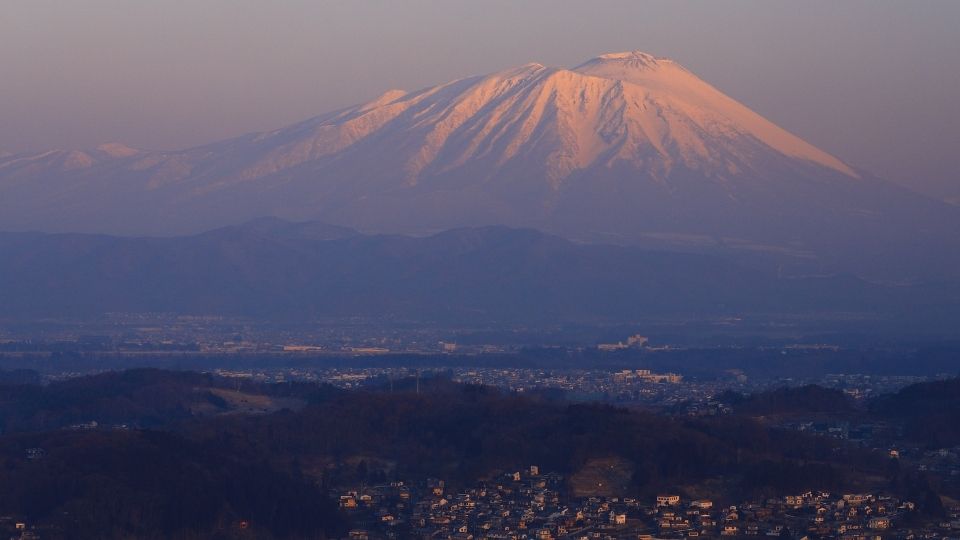
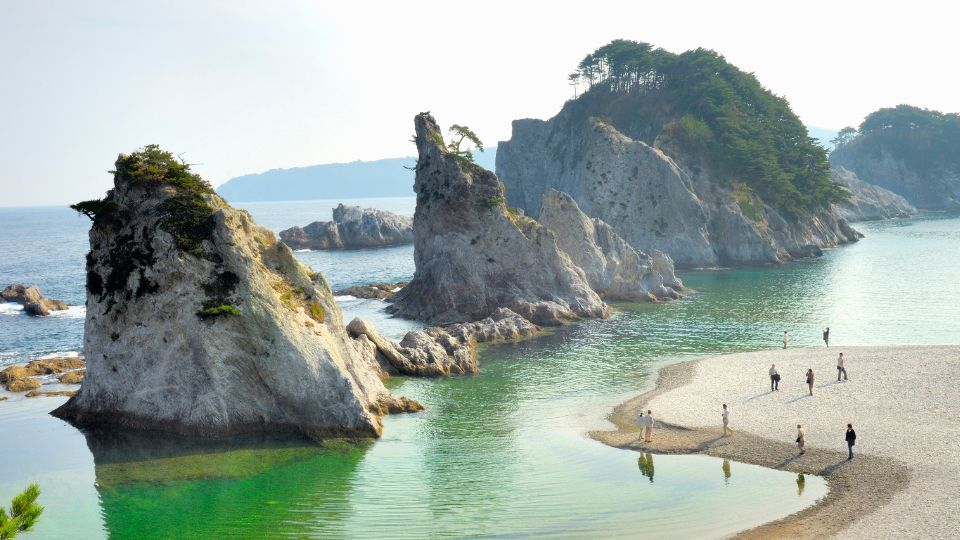
Cultural attractions include the Chuson-ji Temple in Hiraizumi, a UNESCO World Heritage Site, and the Morioka Castle ruins.
The prefecture is also known for its ironware, lacquerware, and local cuisine, notably wanko soba (small bowls of buckwheat noodles).

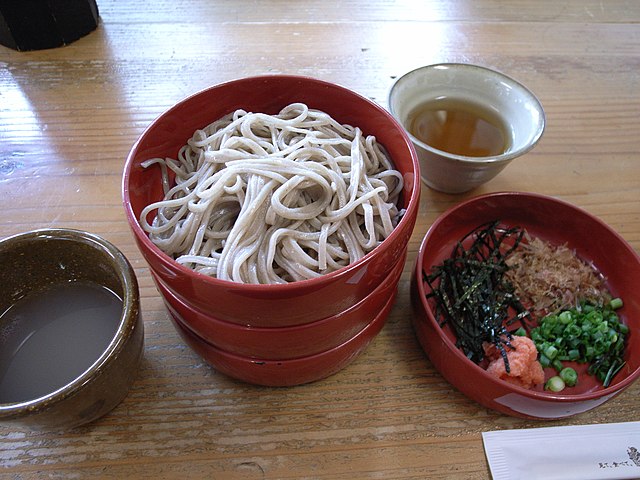
Where should I visit in Iwate?
Iwate Prefecture offers a range of activities for travelers.
The rural nature of the prefecture and abundant natural beauty mean that there are plenty of outdoor attractions for visitors.
The Sanriku Coast features dramatic cliffs, rock formations, and picturesque fishing towns along the Pacific coastline.
It was particularly impacted by the 2011 tsunami, but has since recovered. One of the most popular tourist destinations is Jodogahama Beach.
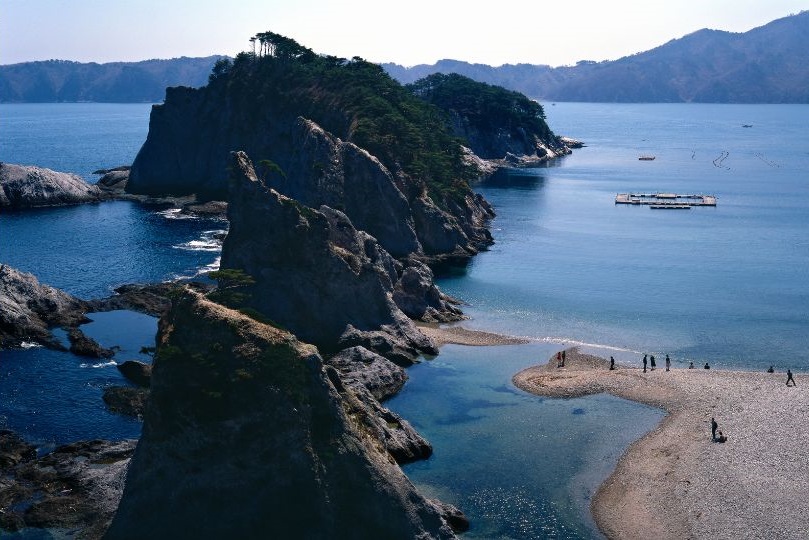

Geibikei Gorge near Ichinoseki is regarded as one of the top 100 landscapes in Japan. It’s recommended to take a relaxing boat ride through the gorge to fully appreciate the stunning scenery.
In Hiraizumi, the Chuson-ji Temple complex is a major attraction. It is most well known for Konjikido, a golden hall housing Buddhist relics, which is over 900 years old and now sits preserved behind thick acrylic glass.


Motsu-ji Temple, also in Hiraizumi, has been designated as a “Special Place of Scenic Beauty”. Visitors can explore the grounds of this peaceful temple, which features a beautiful Pure Land Garden.
Morioka Handi-Works Square is a complex near to Morioka City dedicated to traditional crafts. Visitors can purchase local crafts like Nanbu ironware, Nambu Kokeshi dolls, and traditional textiles as well as take part in workshops to learn these crafts.

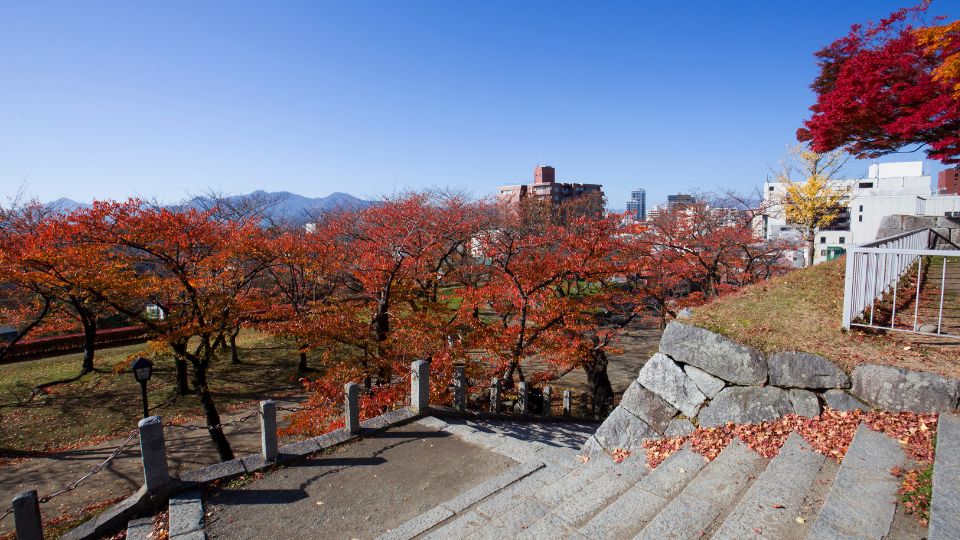
Morioka Castle Ruins Park is the former site of Morioka Castle offering views of Morioka city and the surrounding mountains.
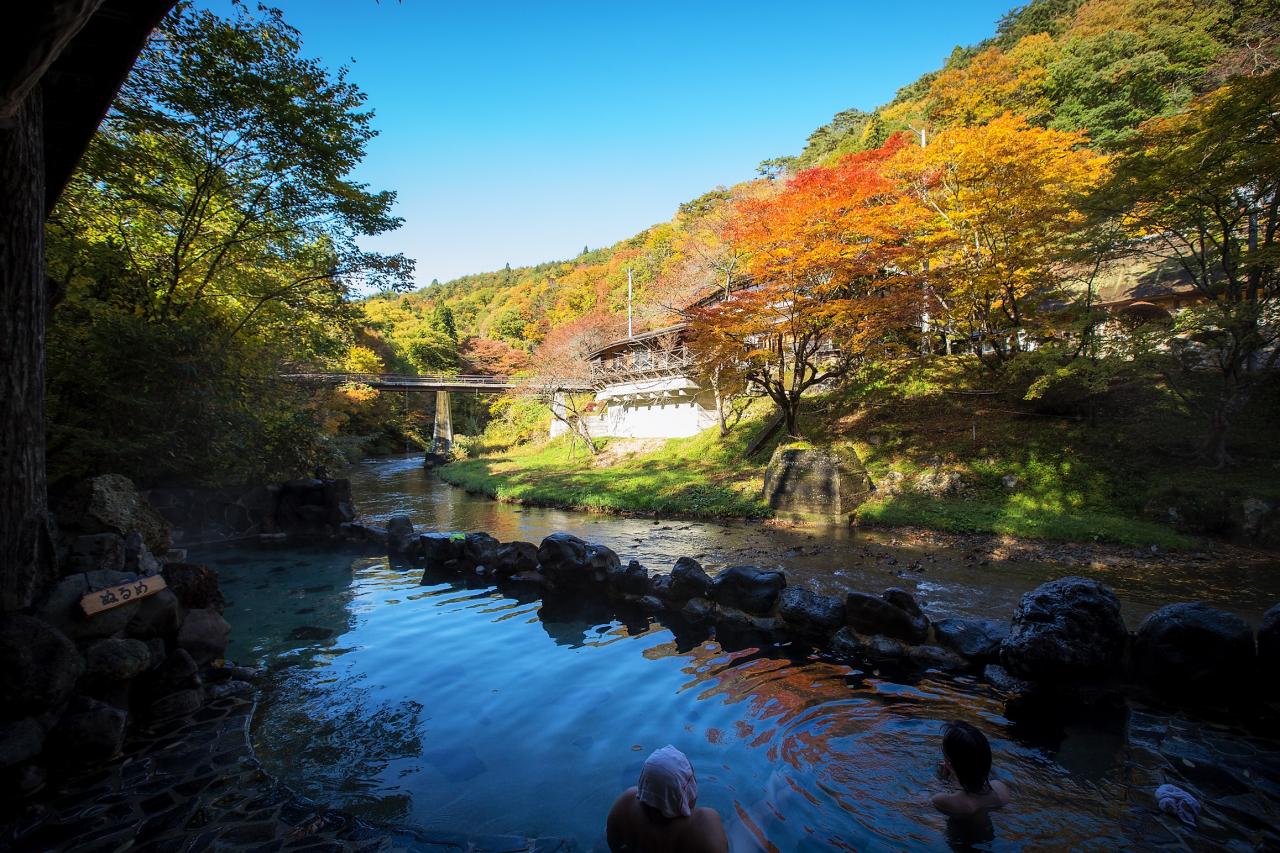
Visitors looking to relax in one of Japan’s hot springs are recommended to head to Hanamaki. Hanamaki is a resort town which offers numerous hot spring baths with varying mineral compositions.
When is the best time to visit Iwate?
The best time to visit Iwate Prefecture depends on your interests as the prefecture faces harsh winters with heavy snowfall and enjoys relatively cool summers.
For pleasant weather and outdoor activities like hiking and exploring the coast, visit during Summer (June-August), though be aware this is also peak season with higher prices and more crowds.
Spring (April-May) offers stunning cherry blossoms, particularly around Morioka Castle Ruins Park, and milder temperatures.

Autumn (September-October) brings beautiful fall foliage to the mountains, creating picturesque scenes, especially in areas like the Hachimantai area.
If you enjoy winter sports like skiing and snowboarding, Iwate is a great choice from December to February, with several ski resorts offering excellent powder snow. However, be prepared for cold temperatures and potential travel disruptions due to snow.
Note that Iwate experiences all four distinct seasons, so pack accordingly. The prefecture’s inland areas, such as Hiraizumi, can become quite hot in summer and experience significant snowfall in winter.
All Events in Iwate
Tours and Activities in Iwate
None found.
Where should I stay in Iwate?
The best place to stay in Iwate Prefecture depends on your interests and budget.
For exploring natural beauty, consider areas around Morioka, the prefectural capital, offering access to mountains and hot springs.
Those interested in the Sanriku Coast’s dramatic scenery should look at towns like Kamaishi or Miyako.
For budget travelers, Morioka provides numerous affordable options, including the Dormy Inn Morioka, known for its comfortable beds and public bath.
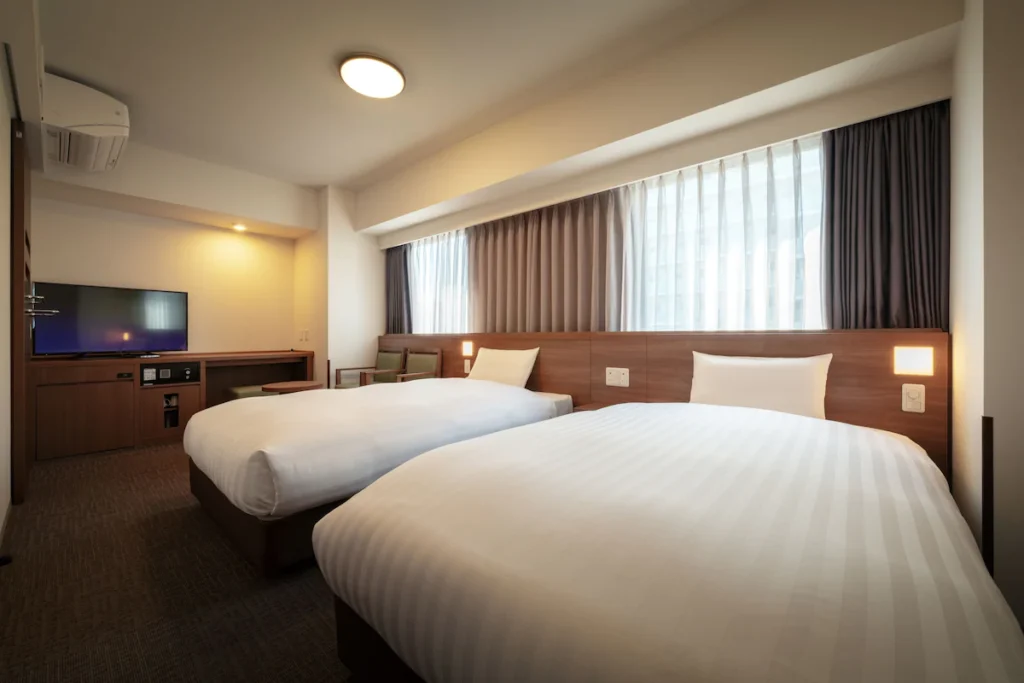

For a luxury experience, consider the Hanamaki area, home to high-end resorts like Namari Onsen Kokoronotoki Jusangatsu, offering public and private onsens, concierge services, and beautiful surroundings.


Generally, coastal areas offer cheaper accommodations outside of peak season (July/August), while mountain resorts experience price fluctuations depending on skiing conditions.
Accessing different parts of Iwate is easiest via the Tohoku Shinkansen (bullet train) and local train lines, making Morioka a good base for exploration. Researching specific towns related to your interests is recommended for finding the ideal location.
How do I get to Iwate Prefecture?
Air travel is convenient, with Iwate-Hanamaki Airport (HNA) serving domestic flights from major Japanese cities like Tokyo, Osaka, and Nagoya. International connections require a transfer at one of these hubs.

The Tohoku Shinkansen provides high-speed rail access between Tokyo and Aomori Prefecture. It passes through Iwate and stops at Ichinoseki and Morioka.
Upon arrival at major train stations or the airport, local transportation such as taxis and buses are available for reaching your final destination within the prefecture. Be sure to check timetables and book tickets in advance, especially during peak season.
For more local and connecting travel within Iwate, a network of JR East train lines and local bus services operates between all major towns and cities.
Highway buses also connect Iwate with surrounding prefectures and cities.
Renting a car is an option for exploring the more rural areas, although driving conditions in winter can be challenging due to snow.
No tags for this post.